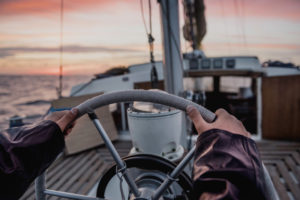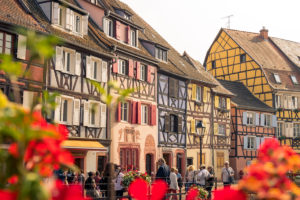Today we’ll take a short trip to Pointe-à-Pitre – the biggest city in Guadeloupe.
We’ll also take a look at a short history of the island which will be a nice introduction to my ultimate guide to Guadeloupe. This information will be useful for us for a better understanding of the island’s culture.
So keep reading to discover a bit of the Caribbean history.
A little bit of geography
Administratively, Guadeloupe forms the region of France as an overseas department. That’s why the citizens of the European Union can to visit this region with national ID only. The official currency is euro and officially spoken languages are French and Antillean Creole.
Guadeloupe is often considered as one island, meanwhile, it consists of two lands separated with a narrow strait. The lands are called Basse-Terre and Grande-Terre. Additionally, Guadeloupe’s department includes also a few smaller islands: Marie-Galante, La Désirade,
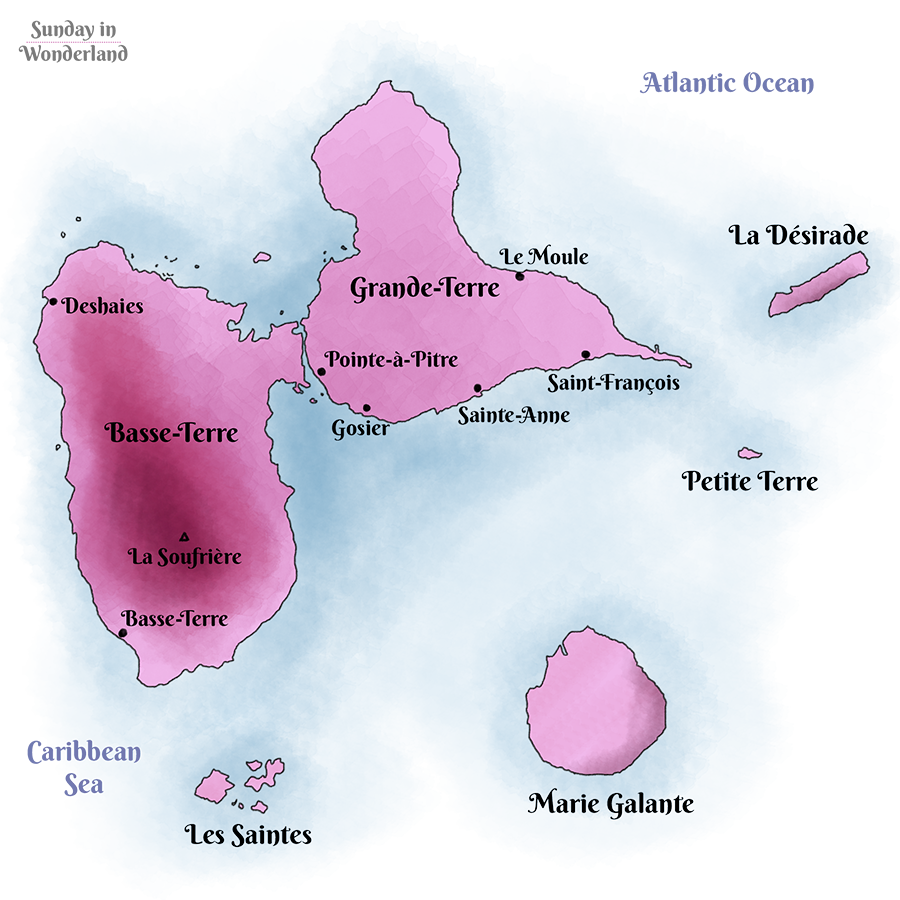
All of Guadeloupe’s region definitely differ from each other. Grande-Terre is mostly covered with rolling hills and flat plains. It’s easier to live and pass through thanks to the well-developed road network.
Read more: 21 awesome things to do in Guadeloupe!
Basse-T
A dose of historical facts
Centuries ago, the island was settled for the first time by Arawak people coming from South America. They called their land Karukera – “The Island of Beautiful Waters”. With time, the island has been taken over by Caribs, another nation thanks to which the region gained its name.
They were living peacefully until November 1493, when Christopher Columbus landed on the beach while seeking fresh water. He named the discovered land after the Virgin Mary – Santa María de Guadalupe.
In 1635 the island was successfully taken by the French Company of the American Islands after years of resisting Spain. From that time Guadeloupe belonged to France, being given to British for a
The possession of the island was in the center of many interests because of the lucrative sugar trade. The region was perfect for sugar cane culture which was its main advantage during the centuries.
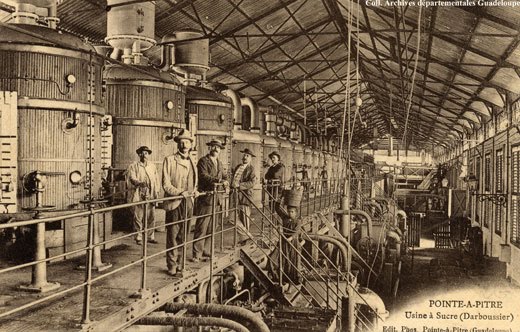
Pointe-à-Pitre
Pointe-à-Pitre is the largest city on Guadeloupe. In 2015 the total number of inhabitants just in the city was 16 343 persons. Not too much, but counting also the suburbs it was 314 647 (in 2014). Less than Gdańsk, more than Gdynia. The administrative capital of the island is located in a town called Basse-Terre, nevertheless, it’s Pointe-à-Pitre which is considered as a commercial and economic center.
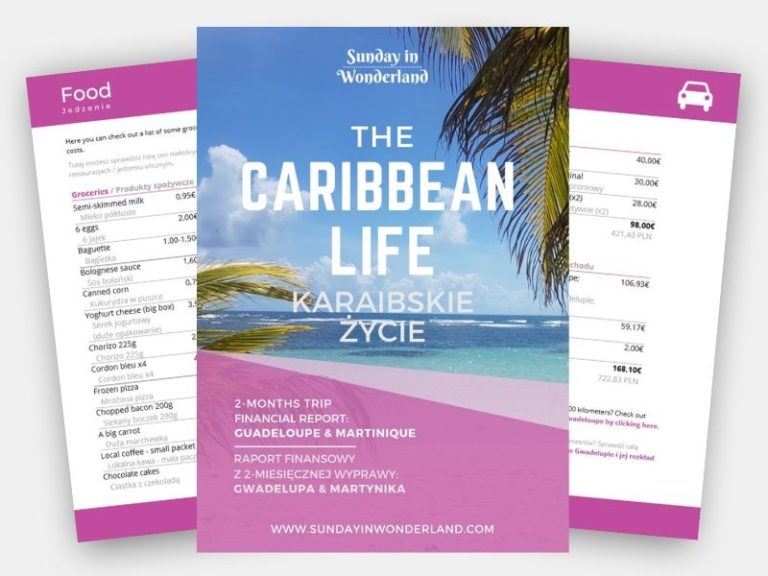
Wanna know the complete
costs of traveling to
the Caribbean?
Grab my free financial report!
Thank you!
Now check your inbox and confirm your email. Remember to check out the SPAM folder as well.
Being honest, this city did not enchant me. Our main reason for going there was to find a computer service to find out if there was any chance for our computer to work (remember the story from the previous post?). We found a good place with a nicer serviceman than last time. But he advised us that it is more worth to by a new computer than to repair the old one. Well, that happens.
But coming back to the city: it does not look gorgeous. If you would spend only a few days on the island, I think you can boldly skip this point on your must-see list.
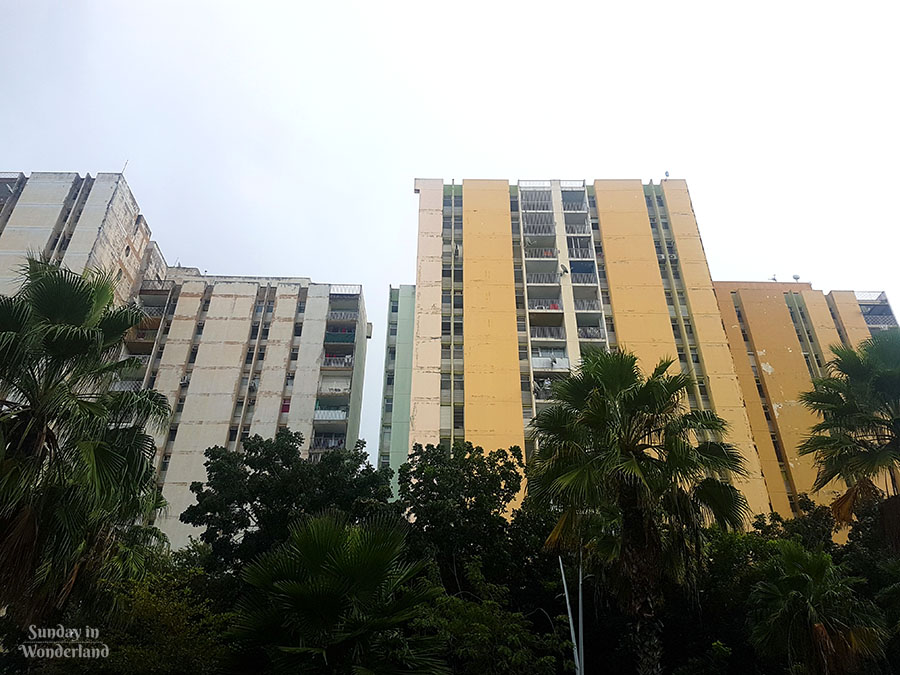

But besides this general impression, there are still some highlights worth seeing if you,
If you would like to get to know his city as much as it’s possible, it is a great idea to take a guided trip. You can check out a few possibilities below.
The marks of an old-time architecture
The general visual impression of a city center is not the best at first glance. There is still a lot of work to do because plenty of city corners are unkempt. But if you look really closely, you can see some details remaining the old splendor. The city was destroyed a few times and get some serious damages after fires, earthquakes, and hurricanes, but you can still find some buildings from the XIX century.
In fact, this architecture made of steel skeleton and bricks looks charming even besides



The museum of Saint-John Perse
One of the mentioned buildings serves nowadays as the museum of Saint-John Perse who was a French poet and diplomat born in 1887, in Pointe-à-Pitre.
In the museum, there is also a permanent exhibition of creole clothes shown
Read more: Discover more historical fun facts in Coffee Museum in Guadeloupe


The Church of Saint Peter and Saint Paul
The interior of this modest from the outside temple truly surprised us. The impression is so much different from what we can see in European cathedrals because it is not made of stone but of metal.
The iron construction makes the church look so light. The whole interior is very brights thanks to colors of materials but also thanks to opened doors and windows – there is a nice air circulation inside.
The construction of the church started in 1807, but the building was a victim of an earthquake in 1843. First, it was made of wood, so the damages were huge. It was reconstructed years later and its structure was changed to metal. And the curiosity: the iron skeleton was made by the atelier of Gustave Eiffel.


Mémorial ACTe
One of the best things to do in Pointe-à-Pitre is a visit to the Caribbean Center for Expressions and Memories of Trafficking and Slavery – Mémorial ACTe.
After wandering in the city center, a visit to this museum was a nice change. The building has a modern form and really enjoys the eye. The museum was launched in 2015, so the exhibitions have an advanced dimension.
The permanent exhibition concerns the problem of human trafficking and slavery during the centuries. The history of the Caribbean islands is rather brutal and not so grateful. With the colonization and discovering of gifts of the Caribbean lands, the slavery exploded in popularity. Millions of people, mostly from Africa, were have been brought to the region against their will and forced to hard work on plantations and farms.
This museum is an ideal place to visit during the sweet vacation in the paradise to make a stop and reflect for a while on the misery of other people. And think about what can we do about it.
And here’s a small curiosity for museums fans: you are not allowed to take your phone to the exhibition. You must leave it in the locker. Do you know what that means? No zombie-visitors taking thoughtless photos of everything, while you want to contemplate that everything! Really impressive, I was waiting for that innovation.



Verification of expectations
Pointe-à-Pitre will surely not land on the list of my favorite places. But I’m glad that I could check it out on my own skin.
Nevertheless, there were a
Read more articles about Guadeloupe:
- How to get around in Guadeloupe with public transport?
- 5 best attractions to see in Fort-de-France, Martinique
- Martinique or Guadeloupe: which island to choose for a perfect vacation?
- 8 things that totally surprised me in the Caribbean
- List of the Caribbean meals, sweets, and drinks you must definitely try!
Like it? Pin it!
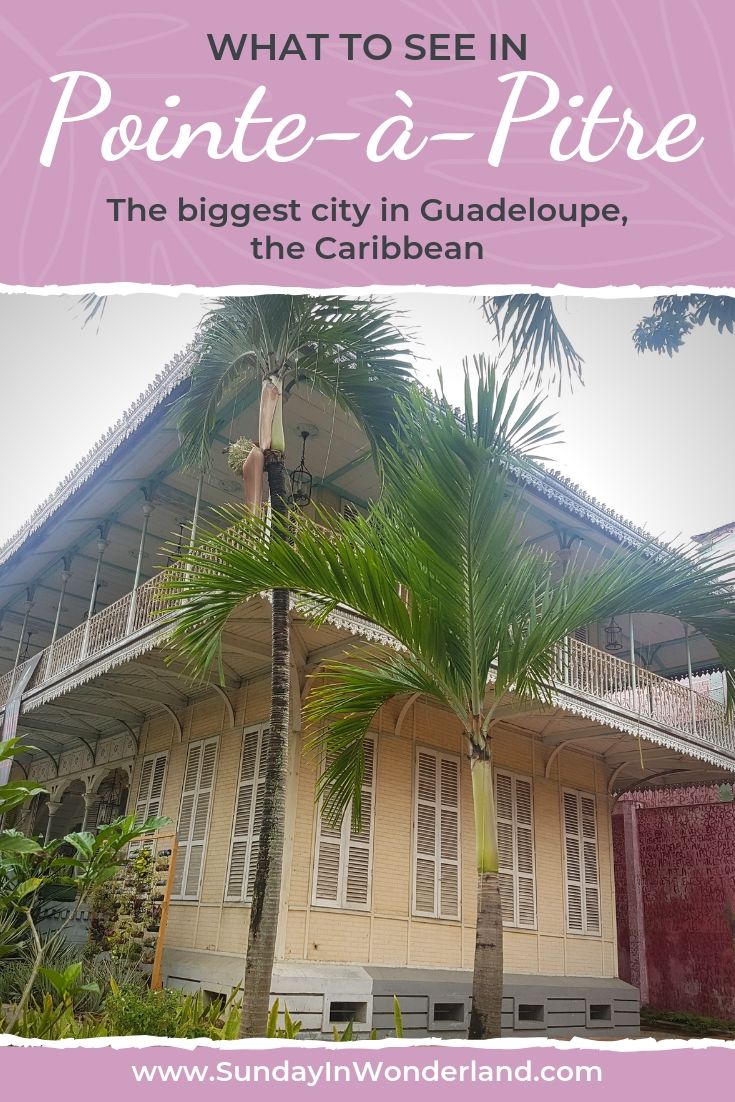
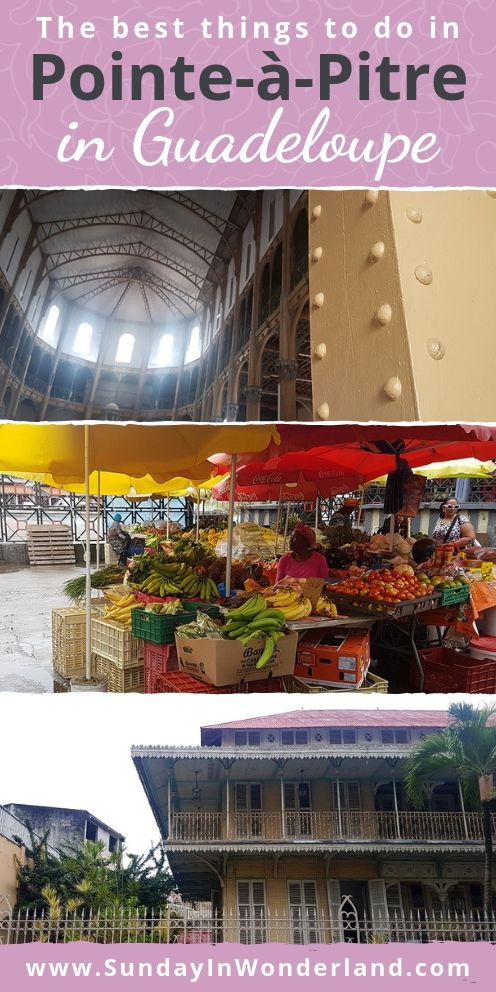
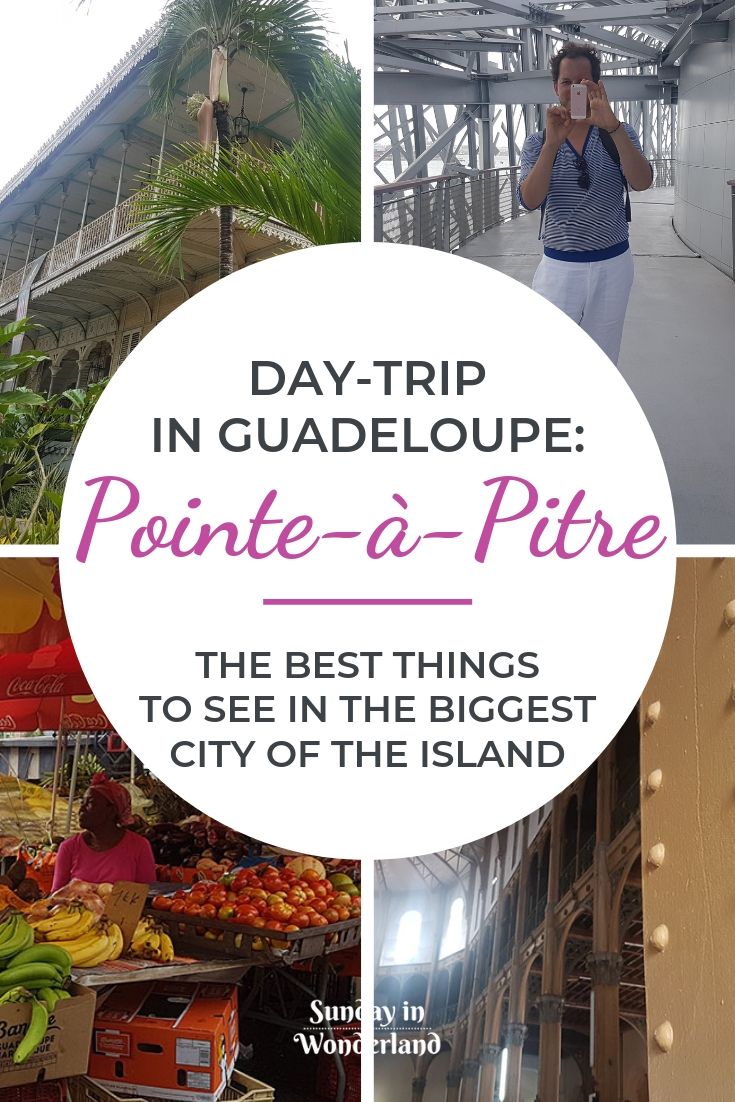
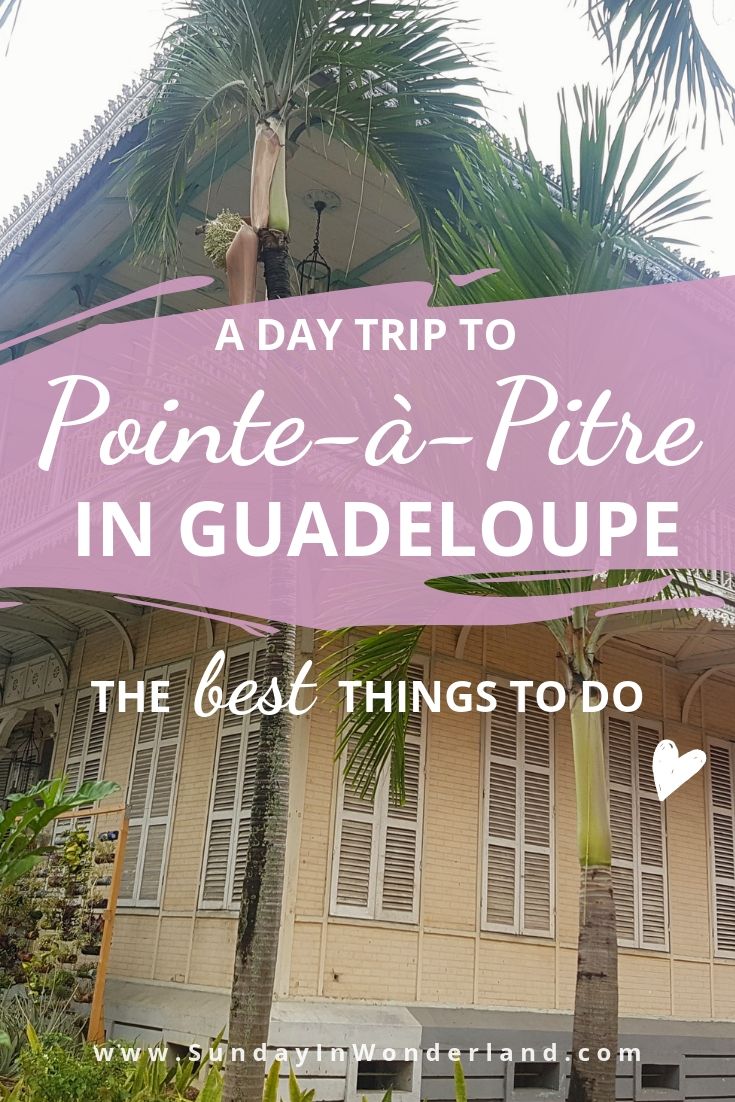
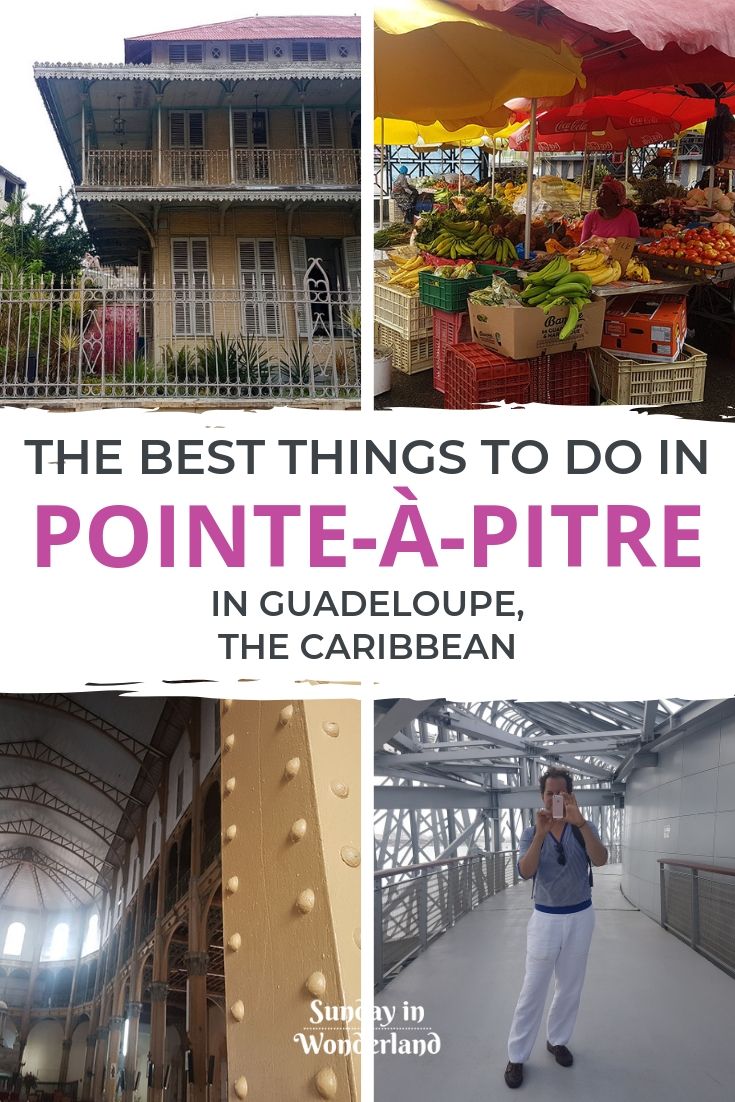
Dominika is a founder of Sunday In Wonderland and she recently switched her life to be local independent. She aims to travel the world and admire all of its wonders. She is much focused on sustainable life, self-development and making this world a better place.





